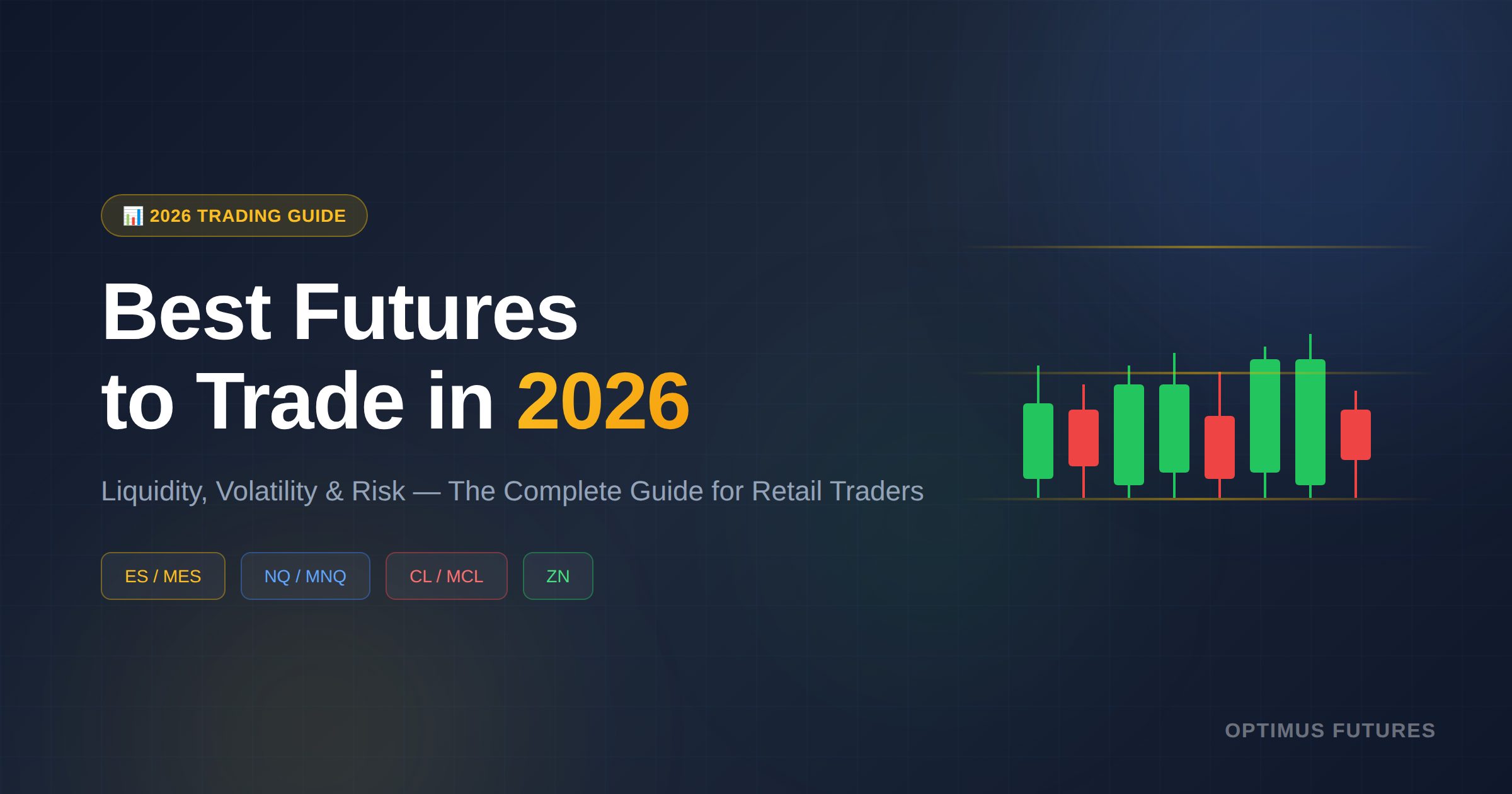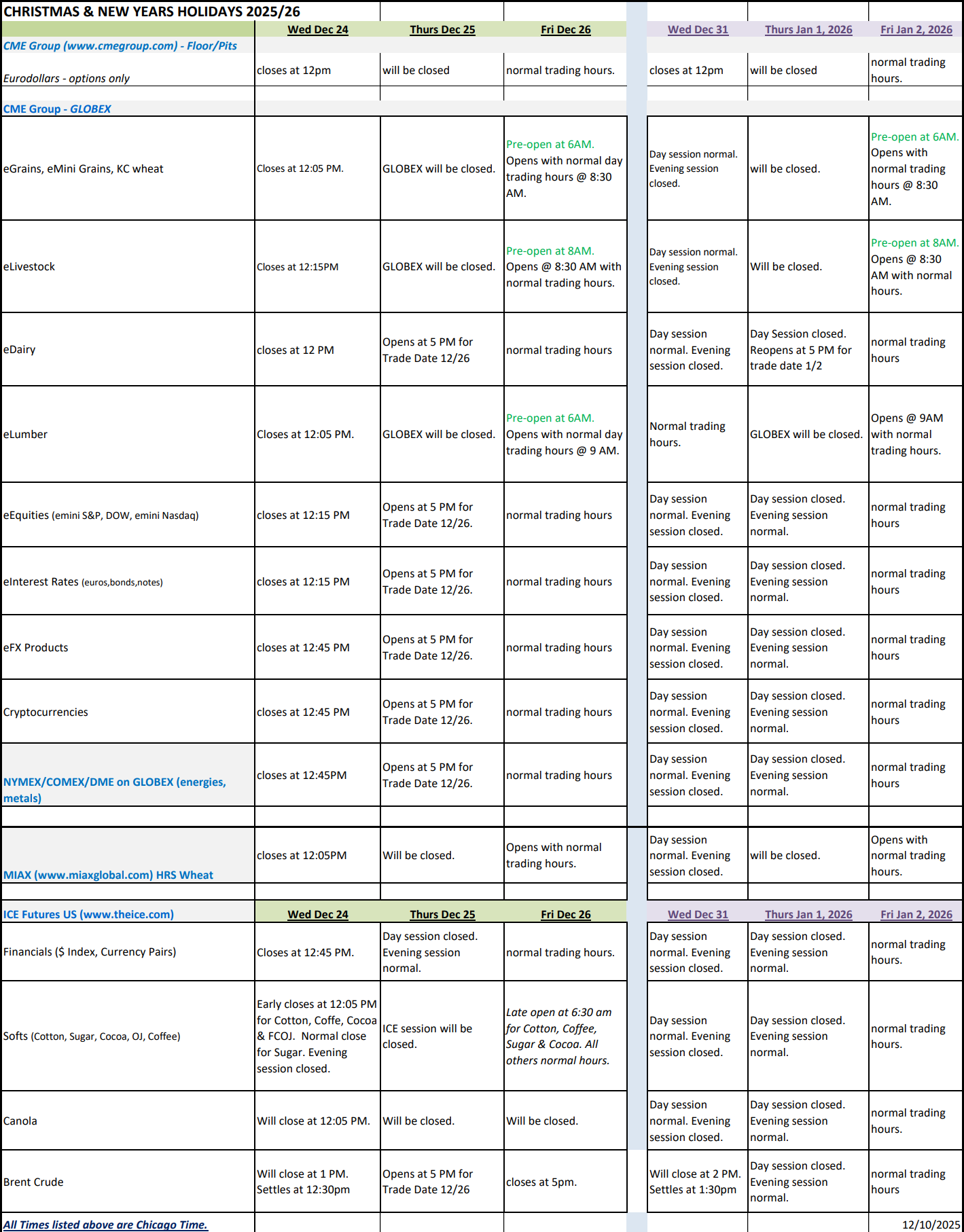The following article on risk per trade is the opinion of Optimus Futures. The amount of risk taken while trading should always be carefully considered in light of the account holders unique financial condition.
Trading futures and options involves substantial risk of loss. This disclaimer is 100% true and is present throughout the industry. Have you ever stopped to consider why there are relative few people who have left their footprints on the industry as professional traders? Those who have become household names that everyone knows? Particularly when compared to other professions and industries such as professional athletics, the entertainment industry, or even politics?
Even if you can think of a professional investor or trader who has become well known, for example the legendary Jesse Livermore, George Soros, Paul Tudor Jones, or Sir John Templeton, you’ll often find such individuals investing or trading history has periods of massive plunges in wealth.
A common statement within the futures and options industry is that hardly 1% of market participants can make money consistently through trading. It is important here to consider the difference between trading and investing. This number is likely much higher when we talk about investing (and to that, we’re specifically referring to investments in the broader US market over long historical time frames).
The point is, no matter who you are, trading is risky (especially so in derivatives like futures and options) and eventually even the best in the space will experience losses. For this reason understanding trading risk and finding ways to best manage it need to be at the forefront of every traders mind.
For an active trader who trades day-in and day-out whose only source of income is trading, such levels of risk and stress can cause serious imbalances, mentally, financially and overall.
For such a trader, “Risk” refers to the amount of money that can potentially be lost.
Timing and execution to this type of trader is crucial when attempting to make money in such an active and volatile trading environment.
If the trader bets on a reversal at a time when a stop loss might have been warranted, that can spell the end of a trader’s session or, in some cases, a trading career.
That trader is working against the mass psychology of the market, perhaps even against some of the market’s big and most established players.
While taking a contrarian position can sometimes be helpful, it would be pointless if such a trade requires greater capital resources than what a trader has in his or her account or can reasonably afford to lose given their unique financial circumstances.
So, it’s very important to manage risk well. But what does that mean exactly?
Using R% method to determine position size
It’s easy to say, “Okay, I’ll risk 1% of my account.” Here we need to bear in mind that Risk Percent (R%) is different from capital deployed per trade.
Suppose I have an account size of $10,000, and I want to place a trade at the hypothetical price of $10 with a stop loss at $9.20. I would be risking $0.80. Now the question is how much I should buy.
This problem can be solved by a position sizing method. One then needs to size a position so that they won’t risk too much (or too little) based on the size of the account.
There are many position sizing methods: Fixed % of account size, variable % of account size, or risk per trade method.
Let’s focus on risk per trade. In our previous example, our risk per trade was 1% of the account size and our nominal market ris was $0.80 per quantity .
1% of the account size would amount to $100. Let’s suppose that our hypothetical financial instrument has a dollar-per-tick value of $0.50 per tick (fifty cents per tick). And we’re dealing with 80 ticks.
Divide $100 by 80 ticks, and you get the figure of $1.25. This means you can’t risk more than $1.25 per tick, as that amount times 80 ticks equals $100.
So, how close can you get to $1.25 per tick? The answer is 2 contracts (2 *$0.50 = $1.00). If you add a third contract, you will exceed your risk percentage.
So, how much should I risk per trade?
What’s important is that your method of position sizing is based on a preferred percentage of risk. How large a percentage is up to you: 1%, 2%, 3%, etc.
This also depends on the size of your account. For example, 1% of $10,000 is very different from 1% of $1 million.
It also depends on your needs and income. If you lose 1% of $1 million, which is $10,000, do you need that amount to live? Would suffering such a loss create a financial hardship for you or your loved ones?
If not, how long might it take for you to earn that amount back? Another incredibly valuable consideration. For instance, is the amount your trading an inheritance? A one time wind fall? A lifetime of savings for retirement? Does this amount represent an amount that you can’t easily earn back once it’s lost? Can it even be earned back realistically? The answers to these questions are critical to evaluating your unique financial condition when approaching trading.
The bottom line
The amount you choose to risk depends on many personal and financial factors. What’s important is that you have a methodology to execute whatever money management strategy you decide to employ.
There is a substantial risk of loss in futures trading. Past performance is not indicative of future results.




